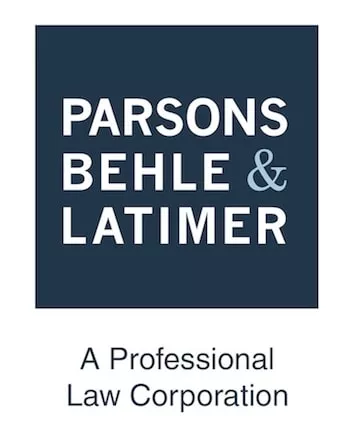On June 15, 2023, the Internal Revenue Service (IRS) released Notice 2023-45 which provides a safe harbor to secure "energy community" status for any project less than 5 MW. To qualify under the safe harbor, a project can rely on a Phase I Environmental Site Assessment (Phase I) that identifies with respect to the site the presence or potential presence of either a "hazardous substance" or "a pollutant or contaminant." Interestingly, a "dirty" Phase I that is subsequently resolved through further investigation would still appear to qualify the site under the safe harbor as the "potential" existence of hazardous substances is sufficient.
Both "hazardous substance" and "pollutant or contaminant" are defined pursuant to the Comprehensive Environmental Response, Compensation, and Liability Act (i.e., CERCLA), so the definitions are fairly expansive. However, both definitions specifically exclude crude oil and its byproducts, including natural gas. Therefore, sites that are impacted exclusively with petroleum contamination will not qualify for the safe-harbor.
Projects that potentially rely on the safe harbor will need to demonstrate its Phase I meets the "most current applicable" ASTM E1527 standard. As this standard was only recently updated, taxpayers may need to update even a very-recently prepared Phase I or request the Phase I be specifically tailored to meet the requirements of the safe harbor.
"Energy community" designation will be a boon to many small projects. With respect to the production tax credit, the designation increases the credit by 10%. For investment tax credit projects, the increase is between 2% and 10% depending on the size of the project, the construction start date and the use of prevailing wages.
The safe harbor will be most helpful for solar developers working on redevelopment or infill projects.
While a "dirty" Phase I may be helpful for achieving the energy community designation, project developers will want to ensure they satisfy EPA's "Common Elements" criteria for purposes of managing potential environmental liabilities associated with the dirty Phase I and maintaining the defenses that come with Bona Fide Prospective Purchaser (BFPP) status under the 2002 CERCLA Brownfield liability reforms. Otherwise, investments motivated by tax incentives could lead to unfortunate environmental liability consequences.
The content of this article is intended to provide a general guide to the subject matter. Specialist advice should be sought about your specific circumstances.




